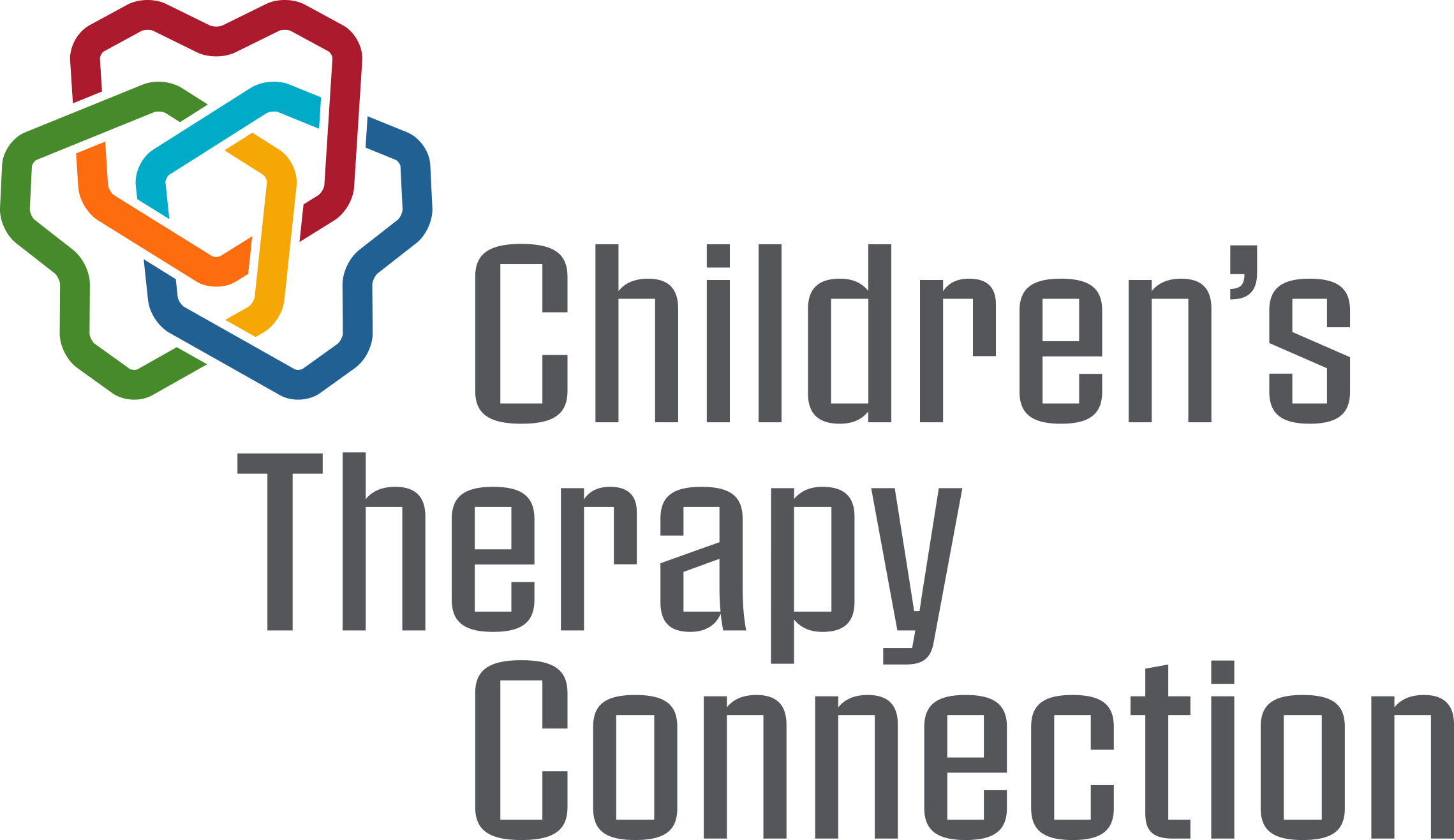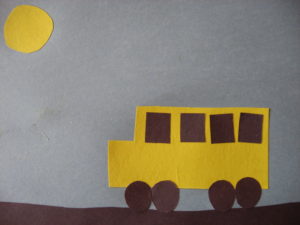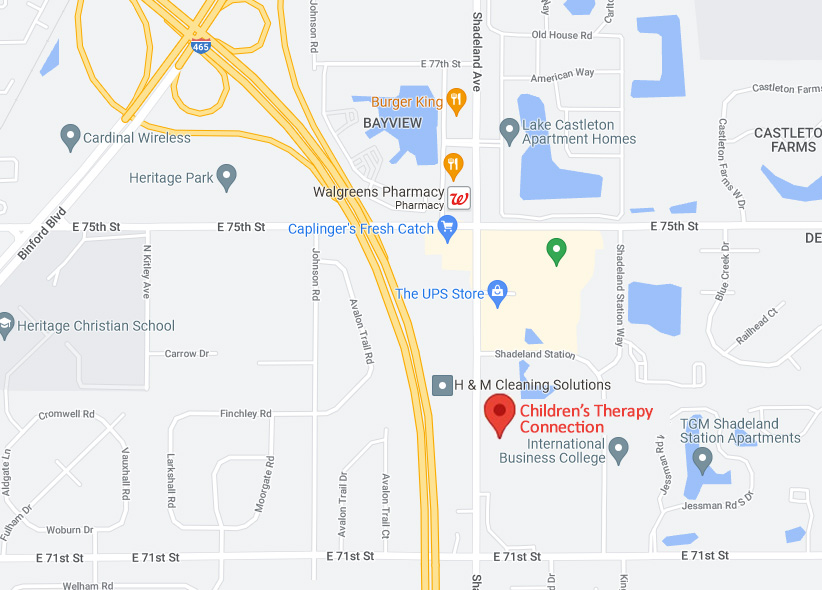
Written by Michaela Bortle, PT, DPT
“Oh my son never crawled, he just hopped up and started running one day!” It’s a phrase you might hear one of the other parents at church, mom’s day out, or on your weekly trip to the park say; but don’t be fooled, crawling is an important part of a child’s development! That’s not to say that a child skipping crawling is necessarily bad or harmful, but crawling should be encouraged during development, even if it comes after a child learns to walk!

Here are some of the reasons that crawling is an important stage of child development:
Development of joint stability and muscle strength.
Crawling is important in developing stability and strength in the trunk, arms, and legs which are all important for future gross motor skills. Crawling even strengthens structures related to breathing, talking and eating!
Fine motor benefits.

There are also fine motor benefits to crawling including lengthening finger muscles, development of the arches in the hand, and development of the thumb and webspace. All of these help with future grasping and manipulation of smaller items, pencils, spoons, etc.
Physical and neurological coordination.
Proper crawling form involves the opposite arm and leg moving at the same time which requires the right and left sides of the brain to communicate. The communication between the two sides of the brain is essential for all sorts of activities in life such as walking, running, riding a bike, dressing, etc.

Binocular vision.
This visual skill develops as your child looks to the distance at where they are going and then back down at their hands while crawling. This aspect of vision is important for future tasks that require us to calculate distances and adjust our vision between distances such as catching a ball, driving, and copying down writing during class.
Sensory benefits.
Crawling on hands and knees incorporates five different sensory systems: skin, muscles and joints, inner ear, eyes and even ears! This helps babies better understand where their body is in space and helps them plan their future movements.
So, now that we know why crawling is important, how can you encourage your child to crawl?
Here are some ideas:

- Tummy time from the start!
- Use a tunnel or cardboard box to play and encourage your child to crawl through.
- Spread toys out in an open area out of reach.
- Get on your hands and knees and pretend to be a dog or cat and play chase with your child.
- Encourage rocking on hands and knees.
- Demonstrate crawling for your child or have older siblings demonstrate crawling.

Although there is no definitive proof that a child skipping crawling has a negative impact on future development and function, since there are many benefits to crawling it is important to encourage your child to crawl even if it is only for a short period of time before walking or even after walking has begun!







 School is back in session, but that doesn’t mean the fun has to stop! Here are our favorite back to school themed activities.
School is back in session, but that doesn’t mean the fun has to stop! Here are our favorite back to school themed activities. Butterfly Snack: Provide a few pinch clothespins and let your child decorate the outside with puffy paint, crayons, markers, glitter or whatever you have. Put some googly eyes on the butterflies and then let them dry completely. Cut a pipe cleaner and make it look like an antennae and you’re done. Fill a snack bag with whatever cereal and dried fruit your child likes. Pinch the bag and antennae and then clip with the clothespin. Pack in lunch box or save for snack time.
Butterfly Snack: Provide a few pinch clothespins and let your child decorate the outside with puffy paint, crayons, markers, glitter or whatever you have. Put some googly eyes on the butterflies and then let them dry completely. Cut a pipe cleaner and make it look like an antennae and you’re done. Fill a snack bag with whatever cereal and dried fruit your child likes. Pinch the bag and antennae and then clip with the clothespin. Pack in lunch box or save for snack time.